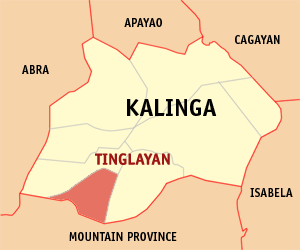CITY OF MALOLOS – Bulacan’s top university has conducted a survey to find out if its 38,000 students prefer printed lessons, online classroom sessions, or a fusion of the two modes of home learning for the new school year which starts on Sept. 14.
The survey is still ongoing, but initial results suggest that many students of the Bulacan State University (BulSU) prefer studying using print materials because of concerns that they will not afford internet connections for the whole semester, or reside in areas with poor internet connectivity, said Joseph Roy Celestino, BulSu Vice Chancellor for Student Affairs.
The survey was included in online enrollment forms.
Print-outs which are provided under a Remote Print Learning (RPL) system is a choice for students “who learn best when they are given enough time to browse the materials and self-study; have good study habits, can manage time properly; can learn best when reading printed materials,” according to the survey guidelines.
Students also have the option to choose Synchronous Learning (SL). This means students have gadgets like smart telephones, laptops, or desktop computers and have access to stable internet connections. This provision offered by BulSU is for students who prefer constant interactions with their professors.
Asynchronous Online Learning (AOL) is a system for students who have the required gadgets but who have “no access to a consistent internet connection.” They would be given more time to “browse the materials and self-study,” the university says.
BuSU President Cecilia Gascon said printed materials will be distributed for free if PRL becomes the top choice from the survey.
Celestino said the university faculty would need to familiarize themselves with different online teaching platforms. BulSU had conducted a series of webinars (online seminars) to help prepare its faculty in online teaching mode amid the coronavirus disease (COVID 19) pandemic.
Webinars on the new teaching platforms have also been prepared for students enrolled in the BulSU Main Campus in this city and the campuses in the City of San Jose del Monte, and the towns of Bulakan, Bustos, Hagonoy and San Rafael, which would soon be transformed into a science and agricultural center.


